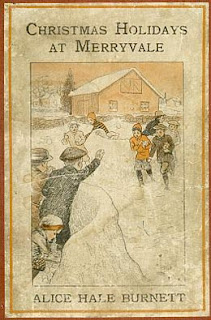Writers on the process of writing
This is a small, lively, and enriching collection of quotes on the actual process of writing as experienced by some of the most popular authors past and present.
“Write drunk; edit sober.”
— Ernest Hemingway
“When I face the desolate impossibility of writing five hundred pages, a sick sense of failure falls on me, and I know I can never do it. Then gradually, I write one page and then another.”
“The only good writing is intuitive writing. It would be a big bore if you knew where it was going. It has to be exciting, instantaneous and it has to be a surprise. Then it all comes blurting out and it’s beautiful. I've had a sign by my typewriter for 25 years now which reads, DON’T THINK!”
— Ray Bradbury, The Writer’s Digest, February 1976
“I hate writing, I love having written.”
— Dorothy Parker
“The main thing I try to do is write as clearly as I can. I rewrite a good deal to make it clear.”
— E.B. White in The New York Times
“I had a closing line for Something Happened before I began writing the book. It was 'I am a cow.' For six years I thought that was good. I had it on one of my three-by-five notecards. Then I wasn't all that happy with it, and finally I discarded it. But it seemed good at the time, and besides, I can’t start writing until I have a closing line.”
— Joseph Heller, The Paris Review
“The writer should never be ashamed of staring. There is nothing that does not require his attention.”
— Flannery O'Connor
“I'm very much aware in the writing of dialogue, or even in
the narrative too, of a rhythm. There has to be a rhythm with it…”
“A word after a word after a word is power.”
— Margaret Atwood
“Here is a lesson in creative writing. First rule: Do not use semicolons. They are transvestite hermaphrodites representing absolutely nothing. All they do is show you've been to college.”
— Kurt Vonnegut, A Man Without a Country
“One day I will find the right words, and they will be simple.”
— Jack Kerouac
“If I waited till I felt like writing, I'd never write at all. The one ironclad rule is that I have to try. I have to walk into my writing room and pick up my pen every weekday morning.”
“I've always preferred writing in longhand. I've always written first drafts in longhand.”
— John Irving
“I don't speak to Gerry (husband). I write for three to four hours, not answering the phone, not getting out of my night clothes.”
“The road to hell is paved with adverbs.”
— Stephen King, On Writing
Note: I have tried hard to find the original source for the
images of the authors used in this post but couldn’t get them all. Here are the
ones I did:
Ray Bradbury: NASA/JPL-Caltech
E.B. White: The New Yorker
Joseph Heller, Elmore Leonard, Margaret Atwood, Jack Kerouac,
and John Irving: Wikimedia
Commons


























































